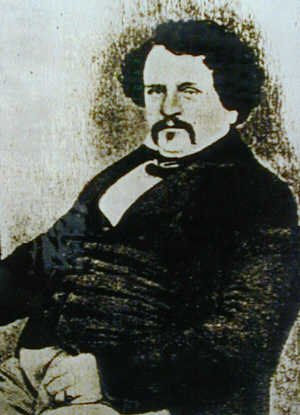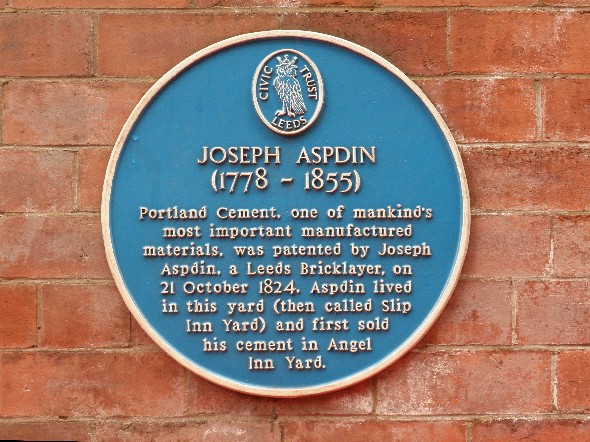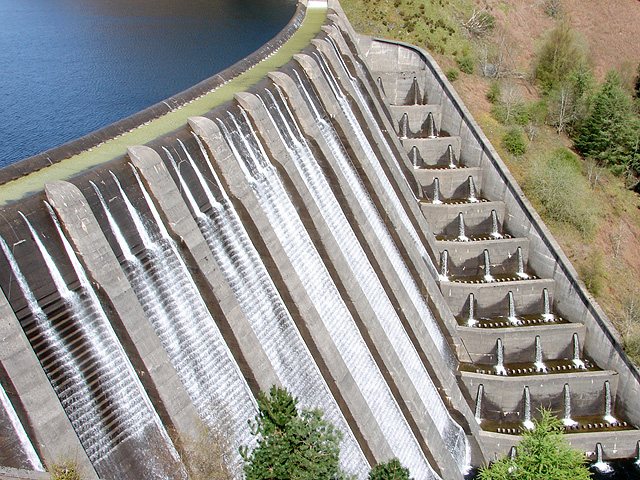 | |
| Born | 25 December 1778 Leeds |
| Died | 20 March 1855 | Age 76 Wakefield |
Joseph Aspdin 1824
Joseph Aspdin patented Portland cement on 21 October 1824.
Joseph Aspdin (or Aspden) (1778 - 1855) was a bricklayer living in the Hunslet district of Leeds, Yorkshire.
In his kitchen the inventor heated a mixture of finely ground limestone and clay in his stove and ground the mixture into a powder to create a hydraulic cement that hardened with the addition of water.

A Recipe for Success
The specifications for the new cement read: a very pure limestone was to be burned to lime, the lime mixed with a definite quantity of clay, and the mixture pulverized wet. The wet mixture was to be dried and crushed and then calcined in a vertical kiln and finally the calcine was to be powdered.He obtained the patent for Portland cement on 21 October 1824 for An Improvement in the Mode of Producing an Artificial Stone.

A Classic Title
Aspdin called the product Portland cement because when set, it resembled 'Portland stone', a limestone that is quarried on the Isle of Portland off the British Coast. Portland stone was then, and still is today, a prestigious building stone in use in England at the time. Many fine buildings and cathedrals use the fine stone.With this invention, Aspdin laid the foundation for today's portland cement industry.
Today
 |  |
 |  |


